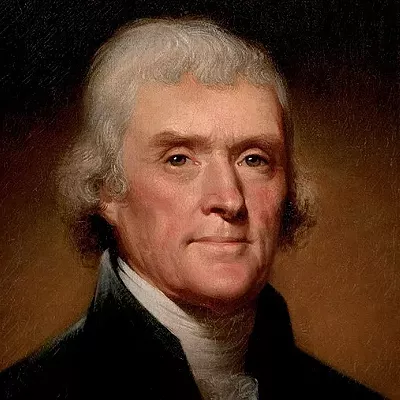Or rather, they never really intersect anymore. Seems odd today, with the Good Charlottes, Soulflys and Wailers of the world all occupying fairly distinct bubbles, that in the beginning, when all those things -- punk, metal, reggae -- were still young and vital, a band like Washington DC's Bad Brains would try to lock it all down into a cohesive sound. It seems stranger still that this band, that had no direct imitators, would nonetheless be a pioneering force in all three genres as each developed a unique and exclusive (though increasingly worn-out) sound.
They did it with a mixture of three-chord propulsion, metal licks and syncopated rhythms stitched together with more than a little prog influence, and it won them fans among a broad youth uprising that would come to shape just about every corner of what has become the pop landscape. Their musical similarities to bands like the Red Hot Chili Peppers and Rage Against the Machine's metal vitriol are simple enough to see, but they were also a direct influence on both Ian MacKaye (Minor Threat, Fugazi, the Evens) and Henry Rollins (Black Flag, Rollins Band), who would become seminal punk and hardcore figures. MacKaye, for his part, would essentially invent the post-hardcore sound that permeated indie scenes through the '90s and that continues to be incredibly important today. They also informed the reggae-inflected punk of the American dub scene, most notably Sublime and its successors. Even the Smashing Pumpkins' Billy Corgan credits Bad Brains with the genesis of his band's signature mopey, loud-soft-loud arena-rock dynamic.
That's a massive chunk of musical territory, but perhaps the strangest and (for better or worse) most fateful fans they made were three Jewish kids from Queens. The crew that eventually helped popularize hip-hop for white suburbanites, the Beastie Boys, started out as a really crappy hardcore band whose sound derived almost entirely from the harder end of the early Bad Brains aesthetic. Their first hip-hop effort, Licensed To Ill, bears the marks of that metal/hardcore upbringing and became the first rap album to top the Billboard pop chart.
If Bad Brains' sound was counterintuitive, their ideology was often downright contradictory. The group's Rastafarian beliefs -- embodying a desire for peace, harmony among races and a professed love of all creation (and an accompanying hatred of modern society) -- were frequently interposed with lead singer Paul "HR" Hudson's unpredictable fits of anger, violence and homophobia. HR, who was a pretty angry dude in general, reportedly started dozens of fights with tour mates and would often refuse, for no apparent reason, to take the stage. The band disbanded in 1995 after HR took a microphone stand to the face and head of a fan in Kansas.
HR's solo work, variously recorded as "HR" and as "Human Rights," is intertwined with that of the Brains -- the band was continually breaking up and reuniting -- though it tends toward a more mellow, straight reggae flavor than the Bad Brains paradigm, perhaps in an attempt to keep the demons at bay. And though his rap/chant/singing might not seem essential today, there's 30 years of punk history in that Rastafarian rhetoric, and to witness it is to drink deeply of contemporary music's origins.
Paul "HR" Hudson plays at Fat Tuesday's on Saturday, Jan. 14, at 9 pm. Tickets: $9. Visit www.ticketswest.com or call 325-SEAT.















